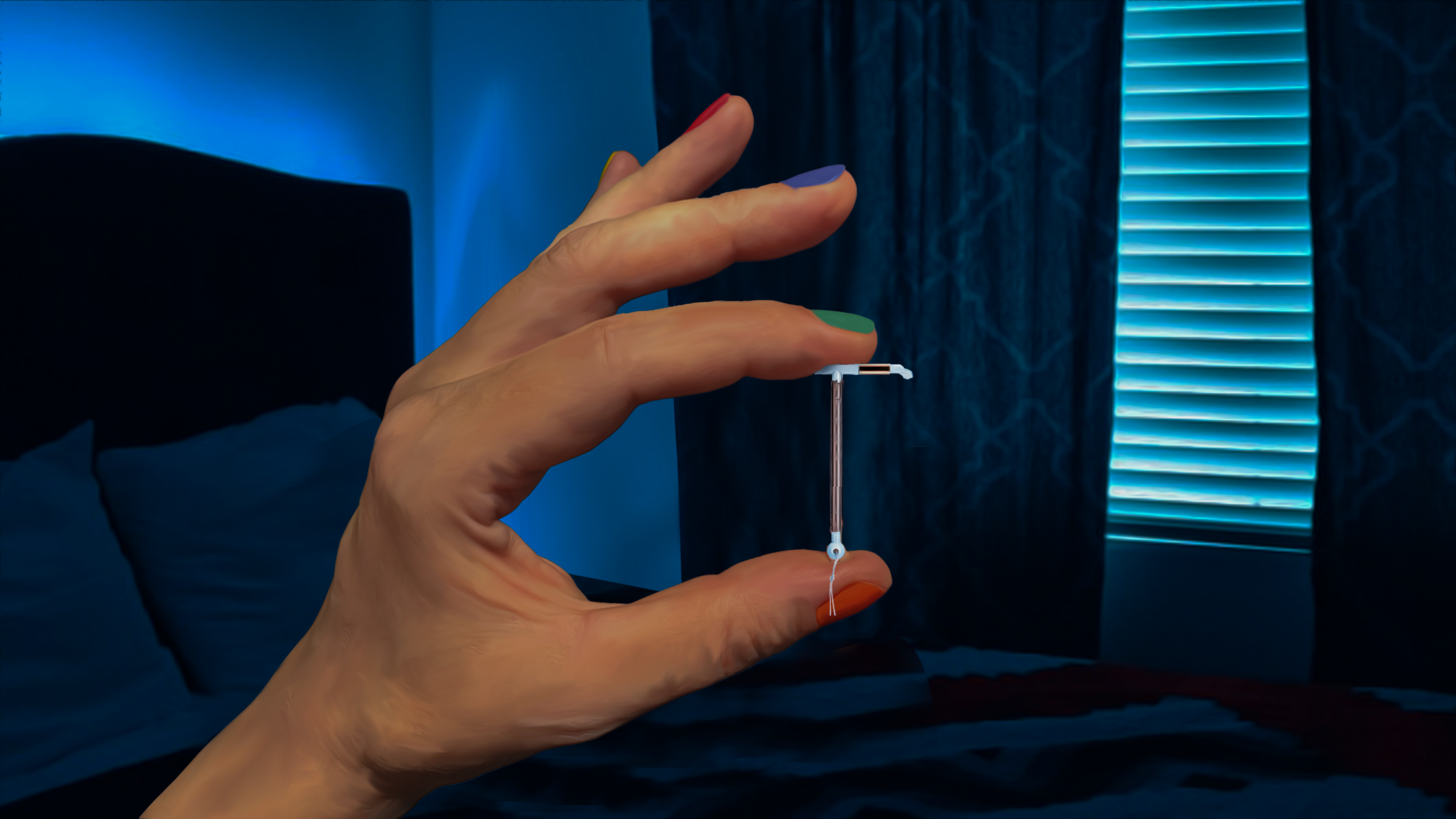
IUD
What Is An IUD?
Read More
An intrauterine device (IUD) is about the size of a quarter and consists of a rod, two arms, and a string. It’s inserted directly into the uterus to prevent pregnancy and is a very effective long-term solution for birth control. Brand names for IUDs in the US include Mirena, Paragard, Skyla, Kyleena, and Liletta.
How Does It Work?
There are two types of IUDs: hormonal and copper. Both work by changing the way sperm move, but in different ways. Because copper makes the uterus inhospitable to sperm, these IUDs work by making it impossible for the sperm to reach an egg. It is also thought that copper IUDs cause the cervical mucus to have a spermicidal effect. Hormonal IUDs, on the other hand, work by releasing the hormone progestin, which thickens cervical mucus to trap sperm and also works to prevent eggs from leaving the ovaries. If ovulation doesn’t occur, pregnancy can’t either.
Who Can Use It?
Any person who is able to get pregnant can use an IUD. They can be put in at any point during the menstrual cycle as well as right after giving birth or having an abortion.
Certain STDs and cancers, as well as pelvic infections, bleeding disorders, or a copper allergy make complications from IUDs more likely and may prevent certain individuals from using them.
How Effective Is It?
IUDs are more than 99% effective at preventing pregnancy. They are the most effective form of birth control because they eliminate user error (e.g. you can forget to take a pill). In addition to their very high effectiveness, they are also long-term solutions for birth control as they can be kept in place for up to 12 years, depending on the type.
Some IUDs are effective immediately after placement, while others require a backup method of birth control for up to a week. It’s important to check with your doctor to see how soon you can have sex after getting an IUD.
Copper IUDs are even 99% effective if placed within 5 days of having unprotected sex, making them the most effective form of emergency contraception available.
Where Can I Get It?
An IUD needs to be placed by a medical professional. An appointment can be made at your gynecologist or local Planned Parenthood.
How Is It Placed?
You may be offered pain medication prior to the procedure or a numbing agent may be used on the cervix. The actual procedure is very quick and consists of inserting a speculum into the vagina along with a special instrument that places the IUD into the uterus. Cramping or pain upon insertion isn’t uncommon but is typically short-lived. Please note that some may experience severe cramping or pain after insertion/removal/reinsertion.
Is It Safe?
IUDs are very safe and serious side effects are rare. Most people feel fine right after the procedure but others need to rest. Cramping, back aches, and spotting are all possible following the procedure but tend to go away within 3-6 months. While hormonal IUDs tend to make your period lighter or even make it stop completely, copper IUDs can make it heavier and increase the severity of cramping and back pain. This may subside as your body adjusts to the presence of the IUD or may continue for the duration of implantation.
There’s a very small chance your IUD could slip out. If this happens it typically occurs within the first 3 months of insertion, during your period. In the event that this happens, you would no longer be protected from pregnancy.
In the rare event that a pregnancy were to occur with an IUD, the pregnancy is more likely to be ectopic, so it’s important to see a doctor if you suspect that you are pregnant.
How Much Does It Cost?
The cost of an IUD depends on your insurance and which type of IUD you get, but typically ranges from $0-$1300, which includes the cost of exams and follow-up visits. The majority of health insurance programs cover IUDs for little to no cost. And because they last for so long, any upfront cost ends up being much more affordable when spread across the life of the IUD.
How Does Removal Work?
There’s a string attached to your IUD that a doctor or nurse will pull to remove it. The arms will fold up and it should slip right out. Light or severe cramping and bleeding is possible during and for a short time after removal.
Pregnancy is possible immediately following the removal of the IUD.

